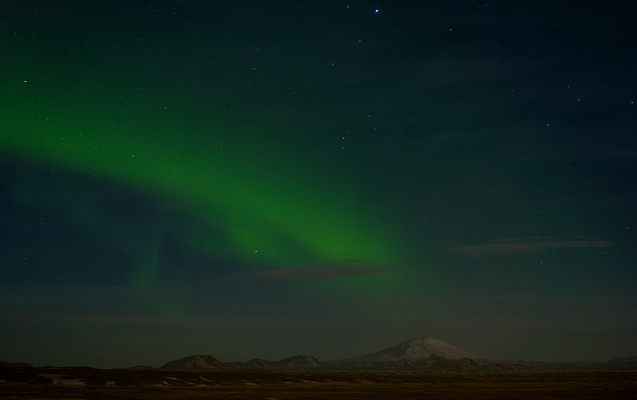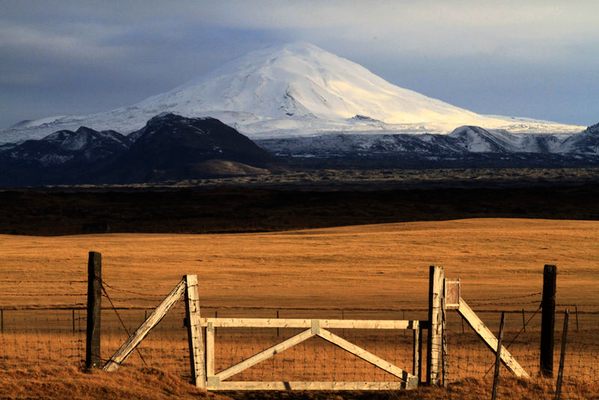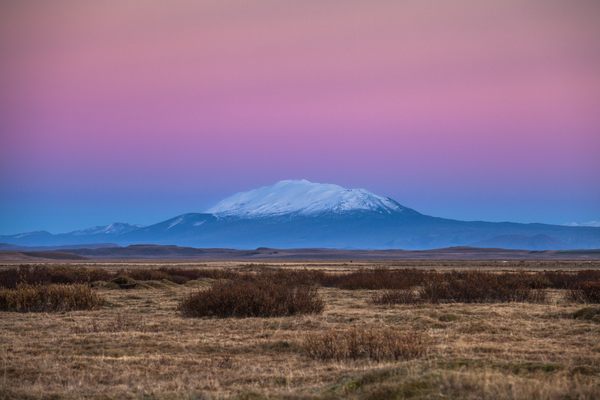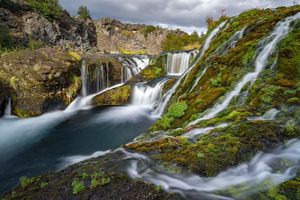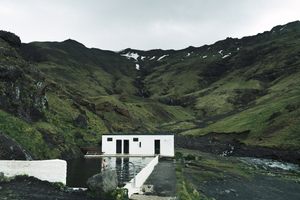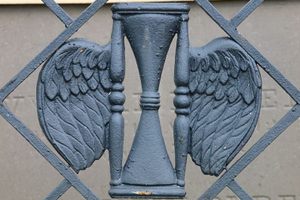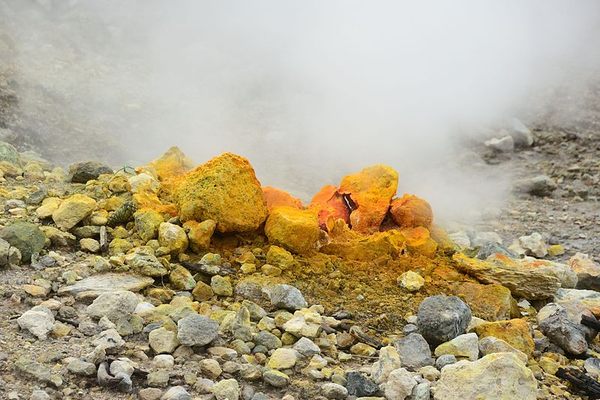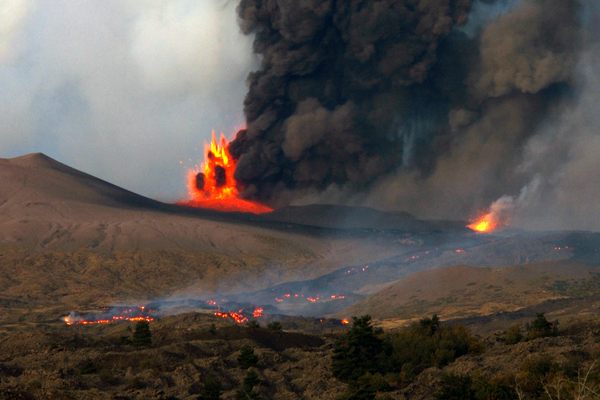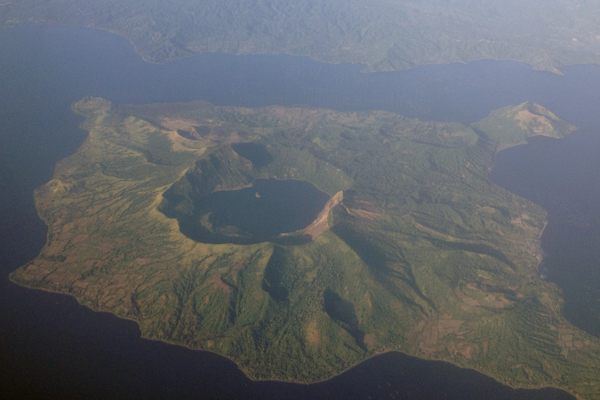About
Since 874, there have been more than 20 eruptions recorded at Hekla, the fierce and fiery nature of this site leading many Europeans during the Middle Ages to refer to this 1,491-meter volcano as the "Gateway to Hell."
The Icelandic word "Hekla" denotes a short, hooded cloak - possibly a reference to the clouds which tend to gather around the summit of the volcano. Other observers have likened the shape of the volcano to an upturned boat, with Hekla's two most active craters forming the keel.
In the 16th century, the German scholar Caspar Peucer wrote that the entrance to hell could be found in "the bottomless abyss of Hekla Fell."
Such stories were common in the Middle Ages, many having been perpetuated following the dramatic eruption of 1104. Cistercian monks across Europe were familiar with this site, and in his 1180 volume "Liber De Miraculis," Herbert de Clairvaux wrote of Hekla:
"The renowned fiery cauldron of Sicily, which men call Hell's chimney ... that cauldron is affirmed to be like a small furnace compared to this enormous inferno."
Later, when the monk Benedict wrote about the voyages of Saint Brendan, Hekla is described as being the eternal prison of Judas. In 1341 the "Flatey Book Annal" described large birds that seemed to be flying in the volcano’s fires, and these were purported to be the souls of the damned.
Most superstitions surrounding Hekla died out in the 19th century, though local folklore still tells of witches who gather on the volcano every year at Easter.
Related Tags
Iceland in Winter: Northern Lights & Geothermal Marvels
A land of folklore and myths on a backdrop of remarkable natural wonders.
Book NowPublished
June 24, 2013


